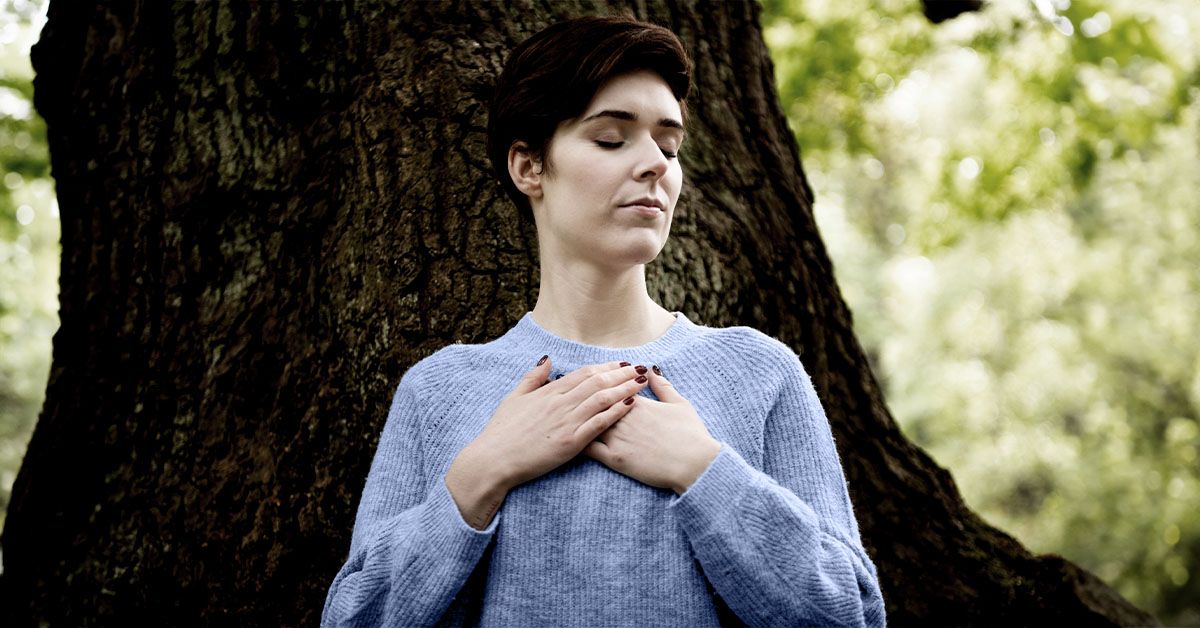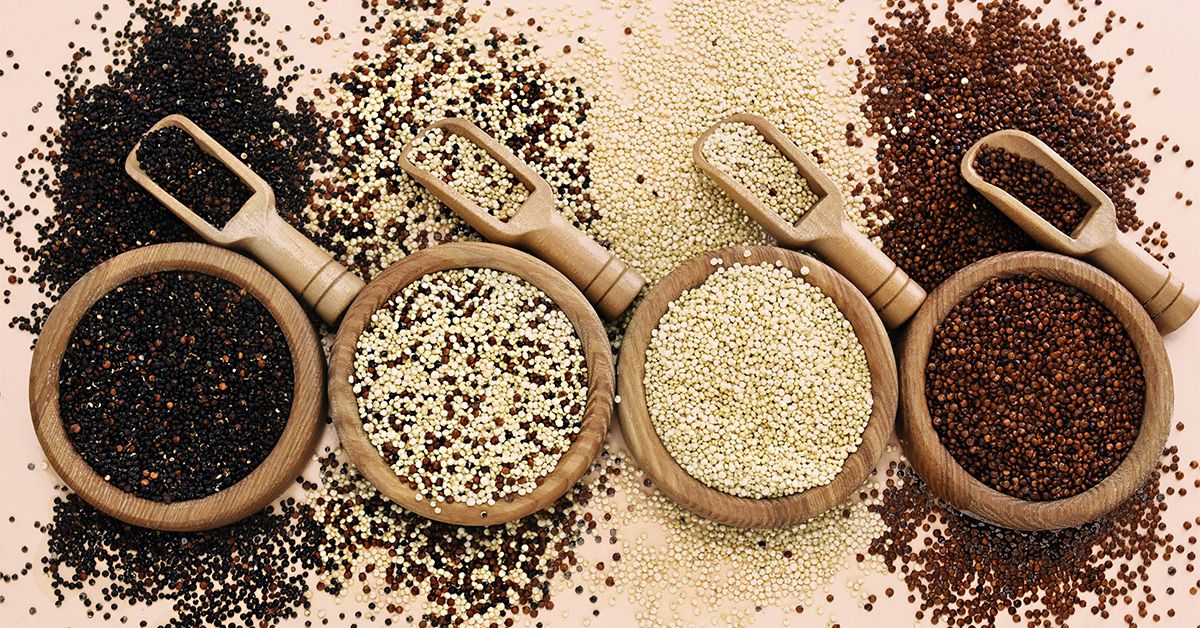- Having had breast cancer increases women’s as well as men’s risk of a second cancer later by around 25%, according to research.
- In addition, a new study reports that female survivors of breast cancer are 87% more likely to develop endometrial cancer than their peers while male survivors are 62% more likely to develop pancreatic cancer.
- The age of cancer diagnosis appears to affect second cancer risk, especially for women, as does economic status.
Having breast cancer increases the risk of certain secondary cancers later in life by a significant margin, according to a new
In it, researchers from the University of Cambridge in England report that women with a history of breast cancer had an 87% higher risk of endometrial cancer, a 58% higher risk of myeloid leukemia, a 25% higher risk of ovarian cancer, and an 18% higher risk of pancreatic cancer.
Male survivors of breast cancer had a 62% higher risk of pancreatic cancer, a 31% higher risk of myeloid leukemia, and a 17% higher risk of colorectal cancer than their peers who hadn’t had cancer.
Male breast cancer is rare, with male survivors making up just 3,562 of the study cohort compared to 581,403 female cancer survivors in the study period between 1995 and 2019.
In the past, researchers have
“It’s not always known why some cancer survivors develop a secondary unrelated cancer,” said Dr. Luke Chen, a medical oncologist and hematologist at City of Hope Orange County in California who was not involved in the study.
“We do know that radiation therapy for one form of cancer can put some people at higher risk for developing a second cancer, such as several types of leukemia,” Chen told Medical News Today. “Certain kinds of chemotherapy have also been linked with second cancers such as myelodysplastic syndrome, acute myelogenous leukemia, and acute lymphocytic leukemia.”
The new study also found differences in second cancer risk relative to the age someone had cancer the first time. For instance, women diagnosed with breast cancer before age 50 were 86% more likely to develop a second primary cancer compared to their peers, whereas those diagnosed with breast cancer after age 50 only had a 17% increased risk of a second primary cancer.
This could be because younger female breast cancer cases are more likely to occur in women genetically predisposed to be at higher risk, the study authors stated.
“Secondary malignancies in cancer are unfortunately not a new discovery,” said Dr. Daniel Landau, a hematologist/oncologist and expert contributor for The Mesothelioma Center who wasn’t involved in the study.
“Many cancers are known to have associations with other cancers later on,” Landau explained to Medical News Today. “Breast cancer is one of these cancers. This could occur for a number of different reasons. Many cancers have a genetic link to them. For instance, people who have BRCA mutations are prone to breast cancer. But that same gene always raises the risk of other cancers such as ovarian cancer and prostate cancer.”
Experts said the new study was high quality, although further research will be necessary to confirm the findings.
“This particular study is a retrospective analysis where large amounts of data are examined. These studies are great for looking for associations and trends, but in order to more directly prove an association, we often favor prospective studies,” Landau said. “Instead of looking backward, we take patients and follow them forward so we can study what happens over time. Still, given how many patients were included in the study, we do believe the association exists.”
The researchers also found an increased risk of second cancer among breast cancer survivors can depend on socioeconomic factors.
The most socioeconomically deprived quintile in the study had a 35% higher risk of second primary cancer than the least socioeconomically deprived, the researchers reported.
“The study’s finding linking socioeconomic factors to a higher risk of cancer recurrence is concerning but not surprising,” Chen said. “Lack of access to breast cancer resources is an all too common occurrence in underserved communities, including those in the United States… As a cancer specialist, I view advocacy for equitable access to lifesaving breast cancer screenings, treatment, and education as an important part of my job.”
The United Kingdom has a universal healthcare system that increases access, but there, like in the United States, socioeconomic status is often also an indicator of a higher prevalence of lifestyle factors that could lead to greater cancer risk, such as smoking cigarettes and obesity.
“The lifestyle factors known to contribute to decreasing a person’s risk of developing a first cancer also apply to decreasing the risk of a secondary cancer,” Chen said. “This includes maintaining a healthy weight, not smoking, not drinking too much alcohol, eating a healthy diet, and exercising regularly.”
Read the full article here













